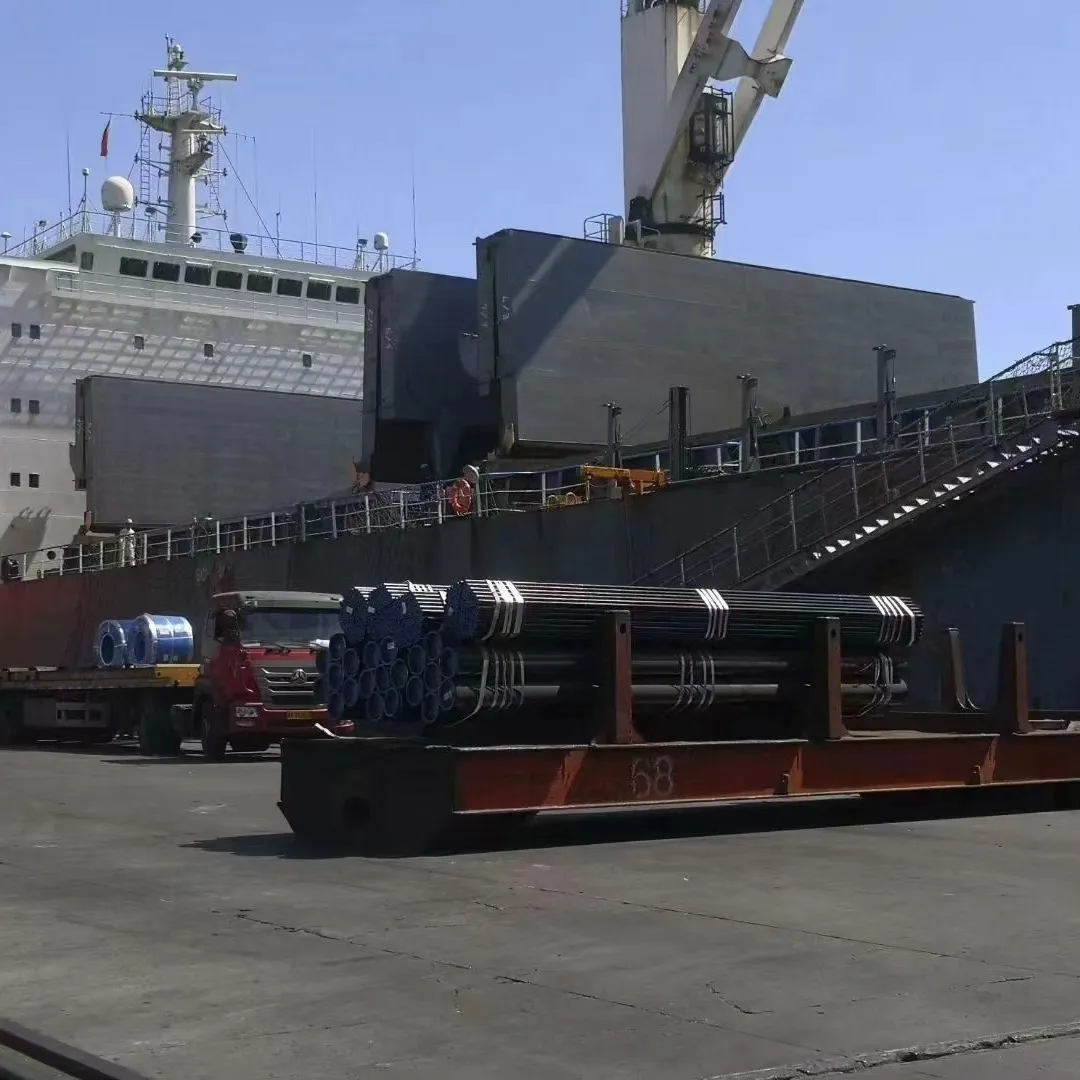Current location:
astm a106 gr b material
Date:2025-08-18 05:09:18 Read(143)

Understanding 40NB Pipe Bends A Comprehensive Overview In the world of piping solutions, the importance of pipe bends cannot be overstated. They play a crucial role in controlling the flow of liquids and gases through pipelines in various industrial applications. Among the various sizes and specifications, 40NB (Nominal Bore) pipe bends stand out for their versatility and efficiency. What is 40NB? The term 40NB refers to a nominal bore size of 40 millimeters. The NB is a standard measure used to denote the approximate internal diameter of piping in accordance with the nominal size system. For instance, a 40NB pipe typically has an outside diameter of 48.3 mm, based on the standard dimensions laid out in relevant piping specifications. This size is commonly utilized in a variety of applications, ranging from plumbing and HVAC systems to more industrial uses. Types of Bends Pipe bends come in various types that cater to different needs and applications. The most common types of bends include 1. Long Radius Bends (LR) With a radius that is typically 1.5 times the diameter of the pipe, long radius bends are preferred for applications where a smooth flow is essential. These bends reduce turbulence and pressure loss, making them ideal for transporting fluids over long distances. 2. Short Radius Bends (SR) In contrast, short radius bends have a radius equal to the diameter of the pipe. These bends are often used in tighter spaces or when the layout of the pipeline does not allow for long radius configurations. However, they can create higher turbulence and pressure drops, which may not be suitable for all applications. 40nb pipe bends Material Considerations Understanding the material from which a 40NB pipe bend is made is crucial for ensuring longevity and performance. Common materials include - Carbon Steel Known for its strength and durability, carbon steel bends are suitable for high-pressure applications. - Stainless Steel Often used in corrosive environments, stainless steel offers excellent resistance to oxidation and corrosion. - PVC and HDPE These plastic pipes are used in less demanding conditions but offer flexibility and resistance to chemical corrosion. Installation and Maintenance Proper installation of 40NB pipe bends is essential for optimal performance. It is crucial to ensure that bends are aligned correctly and that there are no stress points that could lead to future leaks or failures. Regular maintenance checks should be conducted to identify any wear or damage to pipe bends, especially in high-pressure systems. Conclusion 40NB pipe bends are indispensable components in a variety of piping systems. Their selection depends on various factors, including the specific application requirements, space constraints, and material considerations. Understanding the characteristics and types of bends enables engineers and technicians to make informed decisions that enhance system performance and reliability. As industries continue to evolve, the demand for efficient piping solutions, including 40NB pipe bends, remains significant, underscoring their integral role in modern infrastructure.
Share:
Previous: Design Considerations for Flanged Outlet Connections in Piping Systems
Next: flanged pipe fittings
Kind tips:The above content and pictures are compiled from the Internet and are for reference only. I hope they will be helpful to you! If there is any infringement, please contact us to delete it!
You may also like
- Flange Design Considerations and Specifications for 3%150 Applications in Engineering Systems
- DIN 2573 Flange Specifications and Applications for Industrial Use
- DIN 2576 Flange Specifications and Applications
- cross threaded pipe
- Exploring ANSI Standards and Their Impact on Modern Industry Practices
- Creating a Unique Title Inspired by API5LX65 Standards and Specifications
- Design and Functionality of Junction Box Cover Plates for Electrical Safety and Efficiency
- Designing and Implementing Concentric Reducer Fittings for Efficient Fluid Flow Systems
- Exploring the Potential of Cyclone Liners for Improved Efficiency and Durability in Industrial Appli